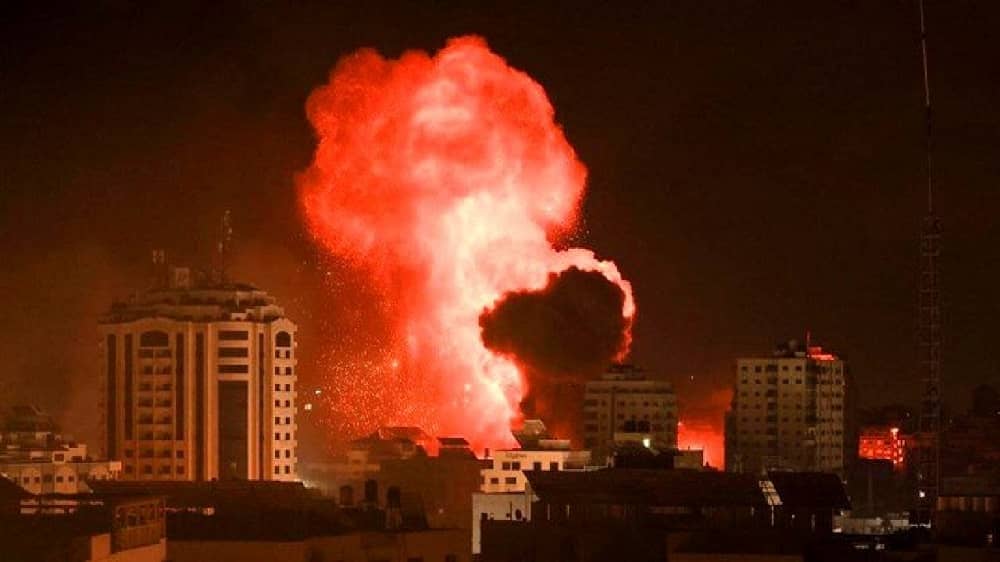
As the war in Gaza marks its seventh month, the international community’s focus shifts toward Iran’s significant and controversial involvement in one of the most tragic contemporary events.
Accusations against the Iranian regime for its hand in escalating the conflict have led to increasing calls for decisive action against what has been termed “the head of the snake” in Tehran. This phrase, initially coined by Massoud Rajavi, the leader of the Iranian Resistance, underscores the perceived necessity of addressing the root cause of the region’s instability: the Iranian government’s policies and actions.
Since its inception, the Iranian regime has been criticized for its strategy of exporting domestic crises abroad, a tactic that serves to deflect internal discontent and unrest. The regime’s history of engaging in and supporting conflicts, as illustrated during the prolonged Iran-Iraq war, has been marked by devastating human costs and the suppression of internal dissent. The war’s utilization as a means to consolidate power domestically by targeting dissidents has been a point of contention and a source of grave human rights concerns.
The role of the Iranian Resistance, particularly figures like Massoud Rajavi and Mrs. Maryam Rajavi, president-elect of the National Council of Resistance of Iran (NCRI), in highlighting the threats posed by the Iranian regime has been significant. They have consistently warned the international community about the dangers of Tehran’s policies, emphasizing the threat of terrorism over nuclear capabilities. Recent actions by Iranian proxies, such as the Houthis in Yemen affecting maritime commerce in the Red Sea, have intensified discussions on addressing Tehran’s influence directly.
However, the proposal to confront Iran’s regime has sparked debate among experts, with some warning that such actions could exacerbate tensions in the already volatile Middle East. Critics of a confrontational approach often portray the regime as a stabilizing regional power, a narrative disputed by many who point to Iran’s internal challenges, including significant public unrest, economic downturns, and organized opposition within the country.
The question remains: does addressing “the head of the snake” necessitate military intervention? Western governments have historically preferred non-military means, evidenced by decades of diplomatic engagement and attempts at appeasement. Yet, there’s a growing argument for a more assertive stance, one that involves supporting the Iranian people’s right to resistance and implementing measures such as blacklisting the Iranian regime’s Revolutionary Guards (IRGC) and closing the regime’s embassies in Europe.
Proponents of a firm stance argue that recognizing the Iranian opposition’s role and rights, coupled with targeted actions against the regime and its proxies, could pave the way for meaningful change in Iran and contribute to regional stability. Such measures, they argue, would not only counter the regime’s destabilizing activities but also support the Iranian people’s aspirations for a democratic and peaceful future.
Why Firmness Will Prevent War with #Iran pic.twitter.com/FldhbJpZ3X
— NCRI-FAC (@iran_policy) April 3, 2024
As the international community grapples with these complex issues, the debate over how best to address Iran’s role in regional conflicts continues to unfold. What is clear, however, is the urgent need for a strategy that curtails the regime’s ability to foment violence while supporting the Iranian populace’s rights and aspirations for change.

MEK Iran (follow us on Twitter and Facebook), Maryam Rajavi’s on her site, Twitter & Facebook, NCRI (Twitter & Facebook), and People’s Mojahedin Organization of Iran – MEK IRAN – YouTu
